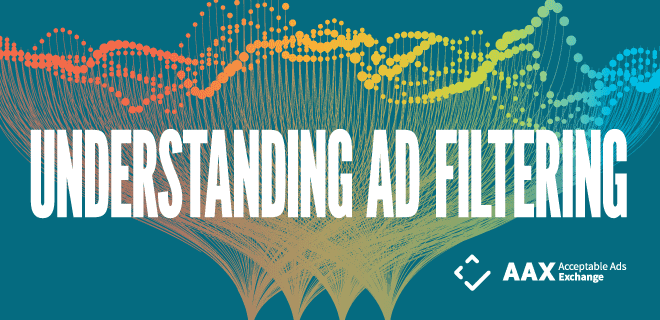
The people have spoken: There are too many ads on the internet. So many, in fact, that it drives consumers to install ad-blocking software on their desktops and mobile devices.
This often drives publishers to write off ad-blocking audiences as lost traffic. But provided with the right incentives, like less intrusive or more engaging ads, or the ability to pay cash for content—and with the value exchange clearly communicated—those users can be turned into revenue opportunities.
So now that we know why people are using ad blockers, what should be a publisher’s next steps?
A Change Will Do You Good
Yes, ads are a source of revenue, but it’s time to toe the line between maintaining a solid revenue stream and listening to consumer needs.
Improve the user experience. Look at your data. How long are people staying on your site? What makes them leave?
Take a look at how and where ads are running on your site through a consumers’ lens. Did the webpage take long to load; did a video automatically play with the sound on; was it challenging to sift through actual content due to ad overload. Answer these questions both from a desktop and mobile perspective — and don’t forget to test the user experience from the different devices and browsers that the data tells you your audience is using.
The definition of intrusive ads varies by person, except when it comes to autoplay videos with sound on. That’s a universal no-no. Remove sound and automation from creative; loud and shiny ad formats, too. Don’t place ads in the middle of content; keep the flow noninterruptive, sans distraction.
Cookies are going away, leaving room for shoppable units as an option. Research possibilities to see what potentially fits best within your website. Shoppable ads will play a weighty part in the future of acceptable advertising. Get ahead of the trend and remember that while ads are changing, it doesn’t mean how people feel about ads will. Tread lightly.
Publishers need to take stock and look at the part of their website they are not addressing. If your website’s take on advertising remains the same, you continue to alienate potential users by ignoring their feedback.
Ensure that user consent is above board and straightforward implementation. Don’t store data for the purpose of user segmentation. Not collecting intrusive data won’t offer targeting and segmentation like a typical ad exchange.
Getting Around the 800 Pound Ad Filterer in the Room
It can become more than a full-time job for publishers to find ways to get around ad blockers. If publishers do find a way to circumvent ad blockers, chances are they will get blocked again — a frustrating cycle for publishers. There’s no need to play cat and mouse with adblockers to get ads through.
Don’t try to recover what’s lost, instead offer advertisers incremental audience, incremental traffic, and ad impressions.
Whitelist your website. When ad filterers visit your site, they will be prompted with two options: Allow ads to be shown for access to additional free content (think extra free articles above the standard amount) or charge a flat price to view ad-free content.
Keep your friends close and your enemies closer. Work with an ad blocker that helps publishers monetize ad blocked inventory.
Twitter, for example, recently purchased Scroll, a company that offers ad-free viewing, for a monthly fee, to news sites like Buzzfeed, The Atlantic, and The Daily Beast. Publishers benefiting financially from a partnership with an ad blocker? Be on the lookout for similar convergences.
In addition, paywalls and native ads are often used in an effort to monetize the ad filterer audience.
Have “the Talk” about Data
Educate consumers about ad blockers. If the average consumer is at all concerned about their online data — what’s collected, analyzed, and sold to the highest bidder — they should know that not all ad blockers are created equal. While many consumers use ad blockers because of concerns about viruses and bugs, some ad blockers may contain malicious hardware and some may be collecting user data without consent.
What becomes the priority to consumers: Avoiding cumbersome ads or having personal data collected, without knowledge, by ad blocking software? Or worse, having an ad blocker upload malware and collect personal data like IP address, country, OS details, time spent, timestamps for web requests, and other URLs clicked on a web page?
Publishers and consumers need to work together to come as close to a happy medium as possible. Publishers stay in business thanks to a revenue stream called advertising. Every publisher (and advertiser) can go overboard with their creative now and then.
Consumers must acknowledge that free access to content on the open web comes with a price: advertising. In between a too much or nothing at all mentality is an upside-down world where each side collaborates and offers feedback and options that are mutually beneficial to both publisher and consumer. The question is how long will it take to get there.